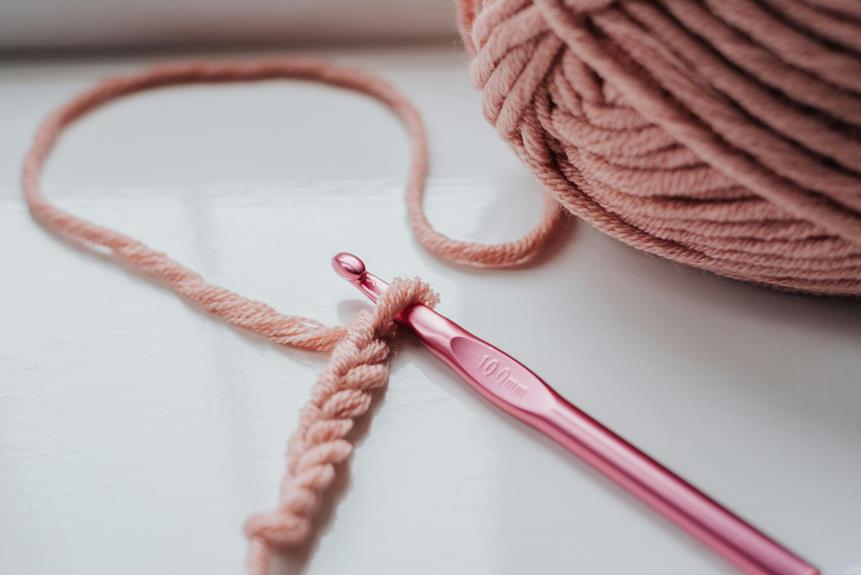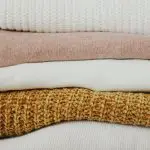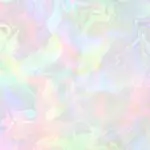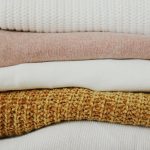You're probably familiar with the soft, fuzzy texture of chenille fabric, but have you ever wondered how it gets that way? Chenille's signature texture is a result of its unique manufacturing process. The yarn is woven or knitted in a specific way to create loops or tufts on the surface of the fabric. But that's not the whole story – there's a crucial step that takes place after the fabric is woven that raises the fibers, creating the fuzzy effect. What happens during this step, and how does it impact the final texture of the fabric?
Table of Contents
History of Chenille Fabric
Chenille fabric has a rich history that dates back to the 18th century, when you could find it being woven in France, where the fabric got its name from the French word for 'caterpillar,' due to its fuzzy, caterpillar-like texture.
You might be surprised to learn that chenille was initially made from silk and wool, making it a luxurious fabric for the elite.
As textile production evolved, chenille became more accessible and its popularity grew.
By the 20th century, you could find chenille being used in a variety of applications, from clothing to home decor.
As you explore the history of chenille, you'll notice that its unique texture has been a driving force behind its popularity.
The fabric's soft, fuzzy pile has made it a favorite among textile enthusiasts and manufacturers alike.
You'll find that chenille has been used in everything from plush toys to blankets, and its versatility has helped it remain a staple in the textile industry.
Whether you're a fashion designer or a home decor enthusiast, understanding the history of chenille can help you appreciate its unique characteristics and uses.
Material Composition of Chenille
Most modern chenille fabrics are made from a blend of synthetic and natural fibers, which you can typically find in varying proportions depending on the intended use and desired texture.
You might notice that some chenille fabrics have a higher percentage of polyester or nylon, while others may have more cotton or wool.
The combination of these fibers is what gives chenille its unique softness and fuzzy texture.
When you look at the label, you might see that some chenille fabrics are made from a blend of 80% polyester and 20% cotton.
Others might be a mix of 60% nylon and 40% wool.
The specific ratio of synthetic to natural fibers can affect the fabric's durability, wrinkle resistance, and even its ability to retain heat.
As you explore different types of chenille fabrics, you'll notice that the material composition can vary significantly.
Understanding the fiber blend can help you choose the right chenille fabric for your needs, whether you're looking for a soft blanket or a durable upholstery fabric.
Manufacturing Process Steps
As you delve into the world of chenille fabrics, you'll discover that their unique texture is achieved through a multi-step manufacturing process that transforms raw fibers into a soft, fuzzy material.
This process involves several key steps that work together to create the signature chenille texture.
To start, raw fibers such as cotton, polyester, or acrylic are carded, which involves brushing them to align the fibers in the same direction. Next, the carded fibers are spun into yarn, which is then wound onto spools.
The yarn is then woven or knitted into a fabric using a specific type of weave or stitch that allows for the fibers to be raised and create the fuzzy texture.
- Twisting and plying: The yarn is twisted and plied to create a thicker, more textured yarn that will produce the desired fuzzy effect.
- Winding and warping: The yarn is wound onto a warp beam and prepared for weaving or knitting.
- Raising and shearing: The woven or knitted fabric is then raised and sheared to create the soft, fuzzy pile that gives chenille its signature texture.
Pile Weave Structure Secrets
You've likely noticed that the unique texture of chenille fabrics is largely due to its pile weave structure, which is created by weaving or knitting the yarn in a specific way that allows the fibers to be raised and create the fuzzy effect.
When you look closely at a chenille fabric, you'll see that the yarn is woven in a way that creates loops or tufts on the surface.
These loops are what give chenille its signature softness and fuzziness.
The way the yarn is woven or knitted is crucial in creating the pile weave structure.
The yarn is typically woven in a way that creates a series of small loops or tufts on the surface of the fabric.
These loops are then brushed or combed to raise the fibers and create the fuzzy effect.
The density and height of the loops can be adjusted to create different textures and effects.
Finishing Treatments and Effects
With the foundation of chenille's pile weave structure in place, manufacturers can further enhance the fabric's texture and performance through various finishing treatments and effects that alter its appearance, feel, and durability. You'll notice that different chenille fabrics have unique characteristics, such as varying levels of softness, sheen, or resistance to wrinkles. This is because manufacturers have applied specific finishing treatments to achieve the desired effects.
These treatments can include mechanical, chemical, or thermal processes that modify the fabric's properties. For instance, you might see chenille fabrics with a subtle sheen or a soft, velvety texture.
- Napping: A mechanical process that raises the fibers to create a soft, fuzzy surface.
- Calendaring: A thermal process that presses the fabric to create a smooth, lustrous finish.
- Sanforization: A shrinkage control treatment that prevents the fabric from shrinking or losing its shape.
Frequently Asked Questions
What's the Ideal Thread Count for a Soft Chenille Throw?
You're looking for a super-soft chenille throw! Generally, a thread count between 500-1000 is ideal, but don't prioritize that over fabric quality and material. Look for thick, plush piles that feel cozy to you!
Does Chenille Work for Garments, Like Coats and Sweaters?
You can use chenille for garments like coats and sweaters, as it provides warmth and softness. However, it may not be the best choice for structured or fitted pieces, as it can be prone to pilling.
How Is Chenille Made Without Chemical Finishing?
You'll find that chenille is made without chemical finishing through a process called cotton carding, where cotton fibers are brushed to align them, then spun into yarn, creating a soft, fuzzy texture naturally.
Does Machine Wash/Dry Hurt the Fuzziness?
When you wash and dry your chenille fabrics, it's normal to worry about damaging their fuzzy texture. But don't, most modern chenille products are designed to withstand machine washing and drying without significant damage or fuzz loss.
Does Yarn Density Matter for Fuzzy Textures?
You're wondering if yarn density affects fuzzy textures. In general, denser yarns can create a more plush pile, while looser yarns allow for a softer, more open texture, which can still be fuzzy but in a different way.
- Tetron Fabric for Marine Applications: Durability and Use Cases - June 18, 2025
- Tetron Fabric for Outdoor Furniture: Weather Resistance and Care - June 18, 2025
- Tetron Fabric for Wall Coverings: Style and Application Tips - June 18, 2025







